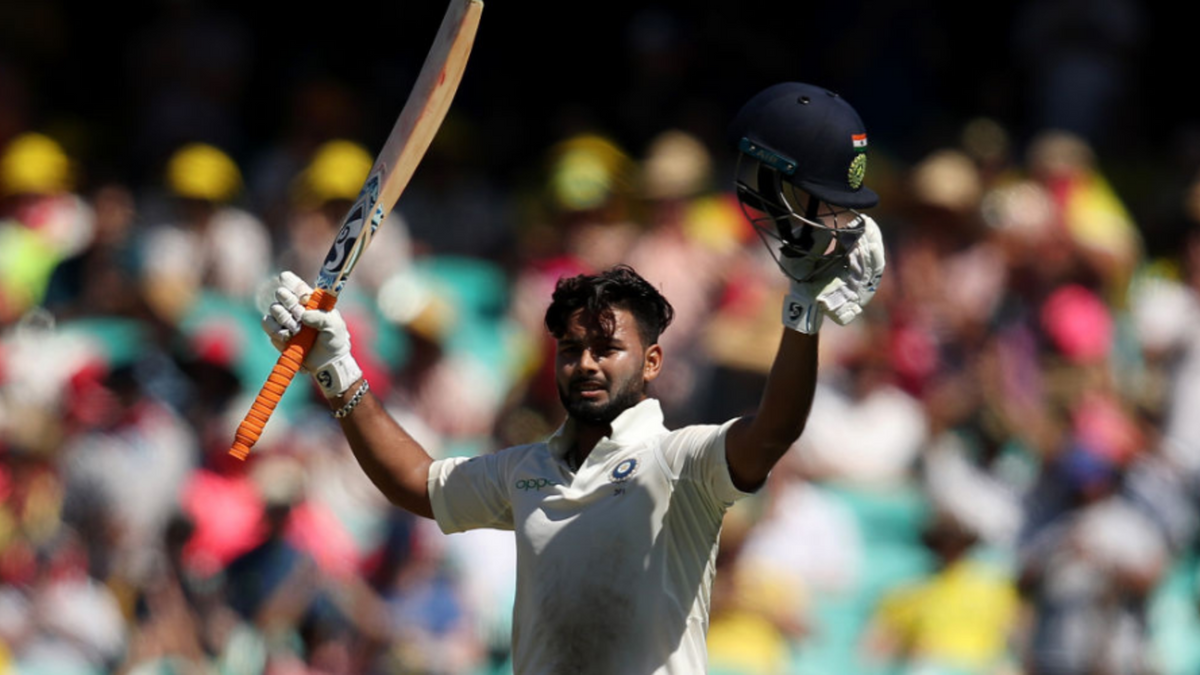
Divy Tripathi discusses how India can make best use of their talisman, Rishabh Pant.
Pant’s batting caught everyone’s eye at a young age, even if his keeping had some flaws that he’s tried to work on subsequently. After making it to the India Test side, Pant showed unreal promise with the bat in 2018/19. His two centuries in England and Australia were as good as you’ll see, and should have sealed his India place in an era when the batter-keeper is more valued than the pure gloveman.
They didn’t.
Instead India backed Wriddhiman Saha. While the Bengal keeper wasn’t exactly a mug with the bat, he was a wicketkeeper par excellence, up there with the best India have had in years.
Then 36 all out happened. India felt the need to strengthen their batting line-up and Rishabh Pant was recalled. He went on to play three of the finest knocks in the history of Indian Test cricket over the next few months, with two near-tons helping save the Test at Sydney and win it at Brisbane, and a three-figure score securing a series win against England. This time, he had sealed his place in the side.
This, however, has given birth to another conundrum.
How do India handle Pant amidst India’s intense schedule without grinding him down?
Not only is he India’s first choice keeper in all formats, he also leads Delhi Capitals in the IPL. And all of this just at 24. Unlike the fast bowlers, or the senior all-format batters, Pant cannot be rotated easily because of the role he plays in the side.
For the same reason, he played essentially endless cricket from the MCG 2020 Test until the home series against New Zealand allowed him some space to rest. This series also marked the return of their former regular Saha, although the 37-year-old faced some fitness concerns and sat out during parts of Kanpur Test, where he was replaced by KS Bharat behind the stumps.
For Pant, this was a much-needed break. Since the end of home season earlier this year, he hasn’t been at his best with the bat. He averaged merely 21.22 in the Tests during the summer, and hasn’t really set the world on fire in T20 cricket either.
For India’s other keepers, this was an invaluable opportunity. Saha proved himself yet again with his determined batting, while India found another possible back-up in the impressive Bharat.
In the present scenario, Pant is certain to keep wicket during the South Africa tour while Saha, the better keeper, will be warming the benches. India need Pant for sure, and more so for his batting than his wicketkeeping. For while his keeping is improving, when he gets going with the bat, he looks like he can easily take the game away from the opposition in a session or two.
This is a rare trait to possess, especially in Test cricket.
At his best, there is a bit of Brian Charles Lara in Pant. His three efforts earlier this year were brilliant counter-attacking knocks which saw him go against the grain and shred the opposition bowling when they were right on top in the game. Not too different from the Trinidadian’s St John’s hundred in 1999 or his masterful 688 runs in a three-match series against Murali & co. in 2001.
Pant is young enough and can still repeat these feats, but it will be tough to keep doing the same with the added responsibility of keeping wicket in an era when chances for breaks come along so rately. There are the obvious fitness concerns in a keeper’s position, and even the best have suffered from a loss of form in one of the departments if they continue donning both the roles.
Given India’s fragile middle-order, India might help themselves with a bit of Pant magic higher up (where he looked comfortable earlier this year), while also using a determined player like Saha (or Bharat after him) to keep the gloves.
The obvious downside to this could be the fact that Pant will miss out on a chance to continue his improvement behind the stumps. But then he could always continue doing the same in the limited overs setup.
Maybe instead of brandishing Pant as the next MS Dhoni, one could look at the Kumar Sangakkara example. The Sri Lanka selectors understood that the player was better in one particular department, and pushed for him to stick to batting. An average of 66.78 as a specialist bat suggests it was probably the right decision.
Pant at this moment selects himself as a batter alone, and perhaps could be used as one in the middle-order, where he can continue giving invaluable contribution with the bat. At the same time, formidable glovemen will not travel to merely sit in the sidelines but get games as well.








